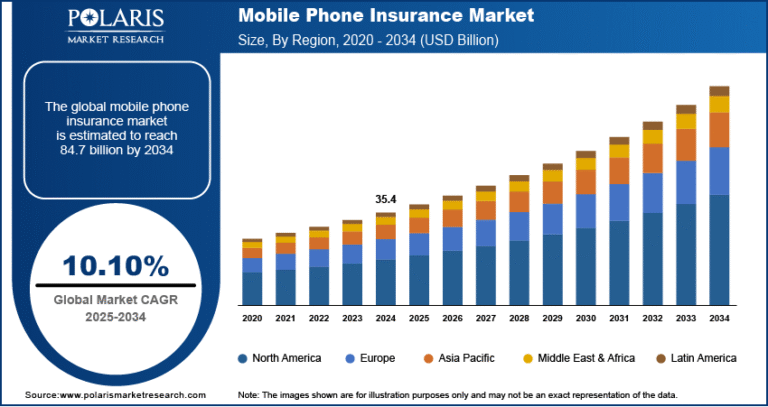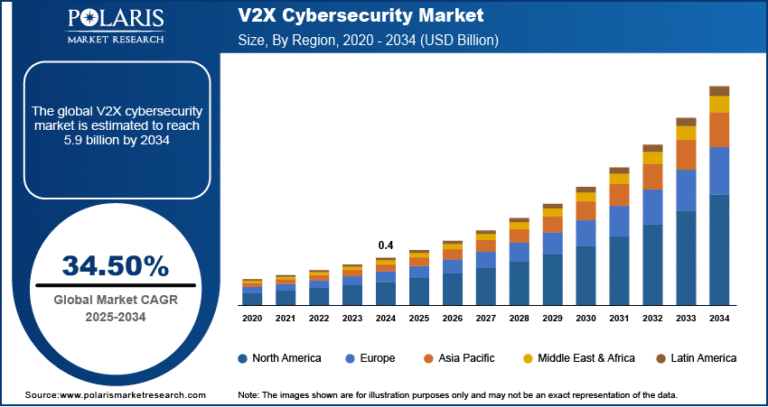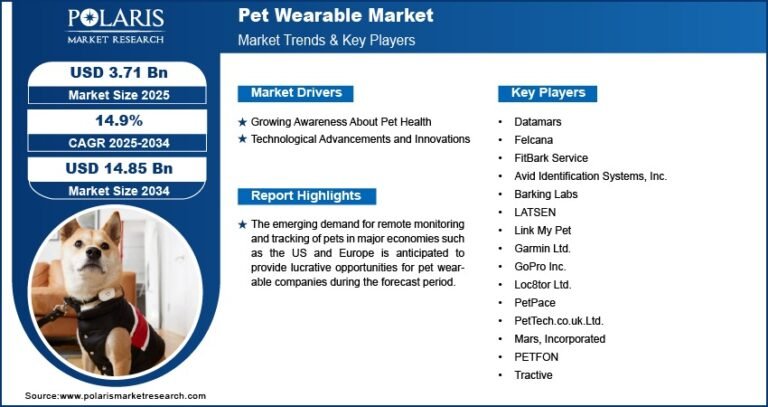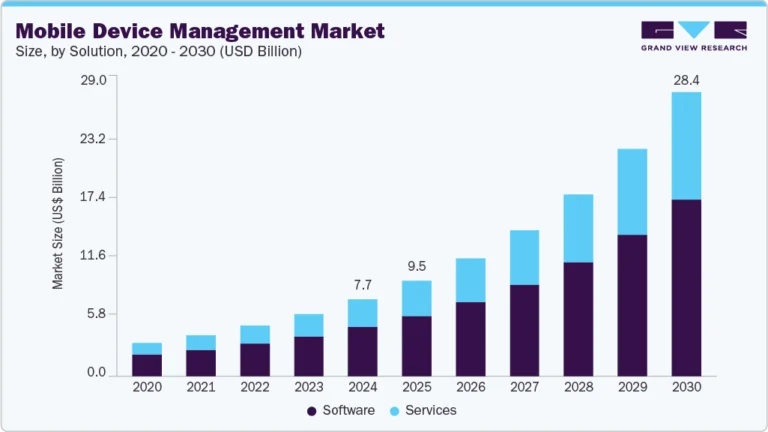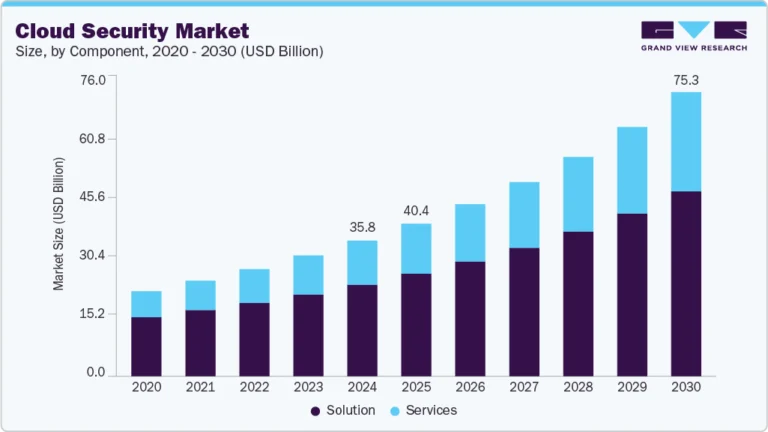Service Robotics Market expected to hit $167.88 billion by 2034, with a CAGR of 12.3%.
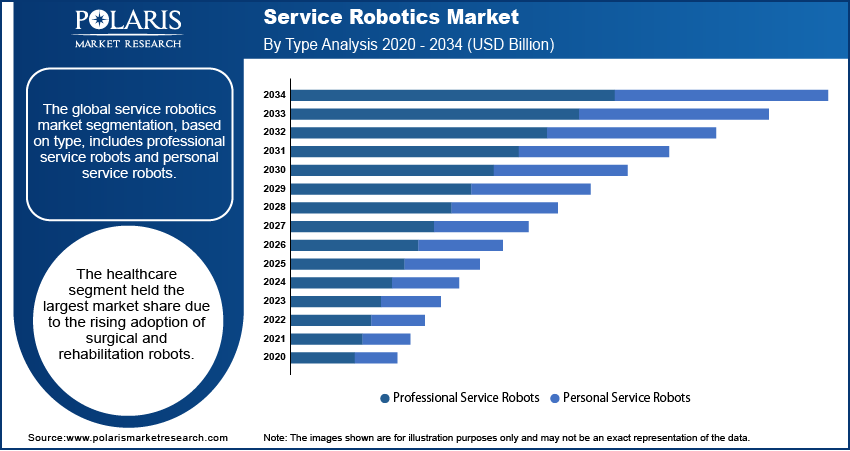
The service robotics market was valued at USD 52.70 billion in 2024 and is projected to rise to USD 59.10 billion in 2025, reaching USD 167.88 billion by 2034. The market is expected to grow at a compound annual growth rate (CAGR) of 12.3% during the forecast period from 2025 to 2034.
Trends & Insights
- Integration of AI and Machine Learning
Service robots are becoming smarter with AI, enabling them to learn from their environments, recognize objects and people, and improve task execution over time. - Rising Demand for Healthcare and Assistive Robots
Aging populations and healthcare staffing shortages are driving the demand for robots that can assist with patient care, rehabilitation, and surgical procedures. - Adoption in E-commerce and Logistics
Robots are revolutionizing warehouse management and delivery operations, improving speed, accuracy, and operational efficiency in the growing e-commerce landscape. - Expansion of Consumer Service Robots
The demand for domestic robots such as cleaning bots, lawn care assistants, and personal companions is rising due to increasing consumer interest in convenience and smart home integration.
𝐆𝐞𝐭 𝐄𝐱𝐜𝐥𝐮𝐬𝐢𝐯𝐞 𝐒𝐚𝐦𝐩𝐥𝐞 𝐏𝐚𝐠𝐞𝐬 𝐨𝐟 𝐓𝐡𝐢𝐬 𝐑𝐞𝐩𝐨𝐫𝐭:
https://www.polarismarketresearch.com/industry-analysis/service-robotics-market/request-for-sample
Market Size & Forecast
- Market Size in 2025: USD 59.10 billion
- Revenue Forecast for 2034: USD 167.88 billion
- CAGR (2025–2034): 12.3%
Service Robotics Market Overview
The service robotics market is rapidly transforming industries by automating tasks across sectors such as healthcare, logistics, agriculture, hospitality, and domestic services. Service robots are designed to assist humans by performing useful tasks autonomously or semi-autonomously. These robots are becoming increasingly sophisticated with the integration of AI, machine learning, computer vision, and advanced sensor technologies, allowing them to adapt to dynamic environments, make real-time decisions, and work safely alongside humans.
Growing labor shortages, rising demand for automation, and heightened expectations for efficiency and precision are fueling adoption across both professional and personal applications. In healthcare, service robots support surgical procedures, patient monitoring, and elder care, while in logistics, they are streamlining warehouse operations and last-mile deliveries. Consumer-focused robots—like robotic vacuums and lawn mowers—are also gaining popularity due to their convenience and affordability. As investment and innovation in robotics accelerate, the service robotics market is poised for significant expansion in the coming years.

